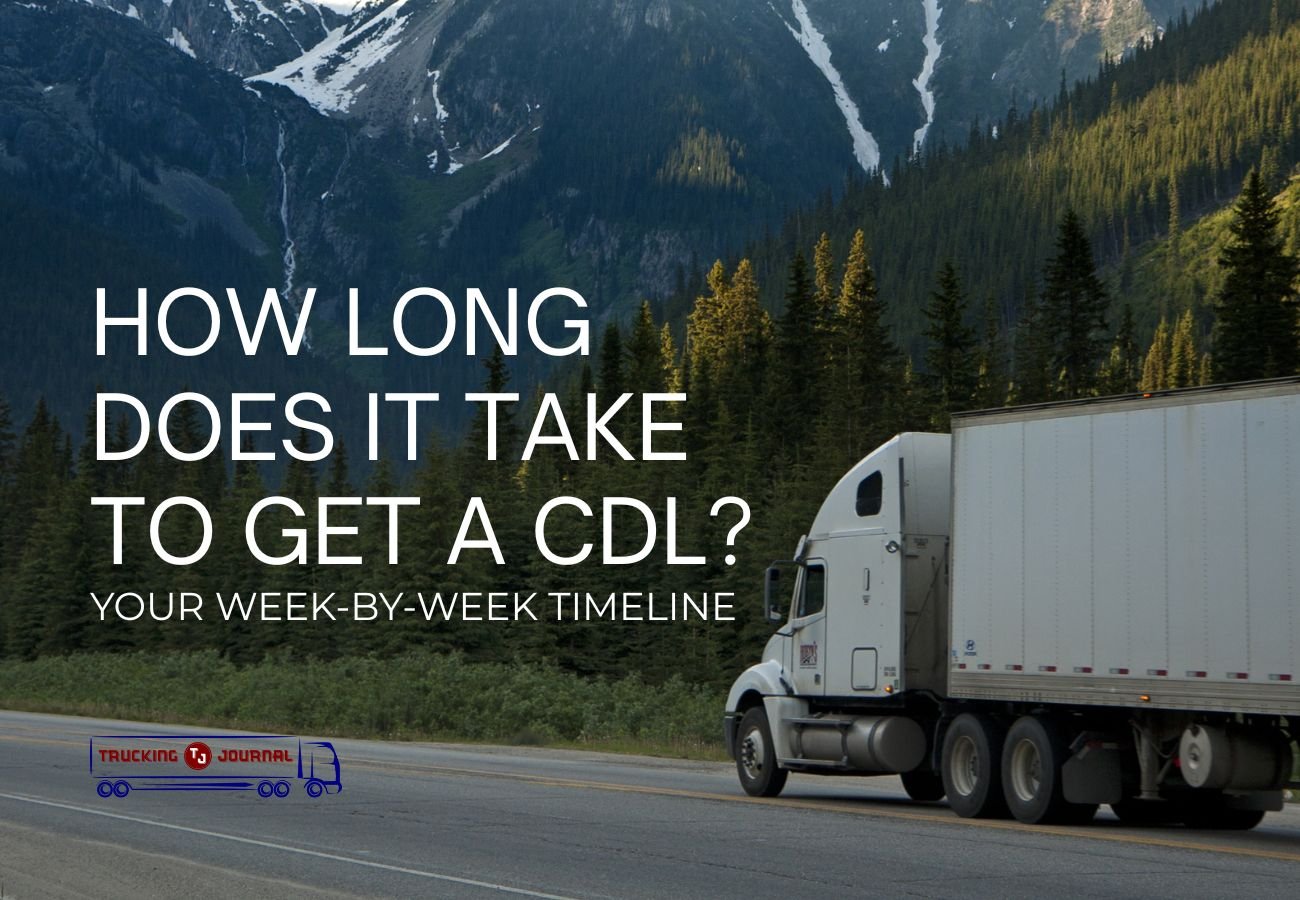What Schools Need to Know

The world of CDL (Commercial Driver’s License) training is constantly changing, especially as new federal and state regulations come into play. For CDL schools, it’s essential to stay on top of these changes to ensure that their training programs meet all legal requirements and best prepare students for the road. In this blog, we’ll discuss the importance of understanding evolving CDL regulations and offer tips for adjusting your training programs to keep up.
Why Evolving CDL Regulations Matter
Regulations around CDL training are becoming more detailed and stringent, focusing on improving safety, reducing accidents, and ensuring drivers are well-prepared. These evolving regulations impact everything from the length of training to the content of your courses. If your school doesn’t stay compliant, it can face penalties, and more importantly, your students may not be able to get their CDL license after completing your program.
Staying updated with CDL regulations also shows that your school is committed to providing high-quality training. It helps maintain your reputation and attracts more students who want to attend a school they can trust to follow the latest industry standards.
Tips for Adapting Your CDL Training to New Regulations
- Regularly Review Federal and State Guidelines
Keep an eye on the latest announcements from federal agencies like the FMCSA (Federal Motor Carrier Safety Administration) and your state’s Department of Motor Vehicles. Ensure your curriculum aligns with these requirements so your students are fully prepared for the tests. - Update Your Training Curriculum
If new regulations introduce specific skills or knowledge requirements, update your training materials to reflect these changes. For example, some states now require more in-depth safety training and hours behind the wheel before students can qualify for their CDL. - Invest in Instructor Training
Your instructors need to be up-to-date with the latest regulations as well. Consider offering refresher courses for your instructors to ensure they are teaching the most current material. This not only helps your students but also ensures your school maintains its credibility. - Implement New Technologies
As regulations evolve, technology plays an increasing role in CDL training. Consider integrating new simulation tools or software that can better prepare students for real-world driving scenarios, all while meeting the latest requirements. - Stay Connected with Industry Groups
Join CDL training and trucking associations where you can receive updates on regulations and best practices. These groups often have early access to information and can help your school stay ahead of the curve.
As CDL regulations continue to evolve, it’s more important than ever for schools to stay compliant and update their training programs accordingly. Keeping your curriculum current, your instructors trained, and your technology updated will ensure that your school meets the latest requirements while providing students with the best possible training.
Contact Us
Need help navigating the changing world of CDL regulations? Contact us today! We’re here to assist you in keeping your training programs compliant and up-to-date so you can focus on what matters most – helping your students succeed.


